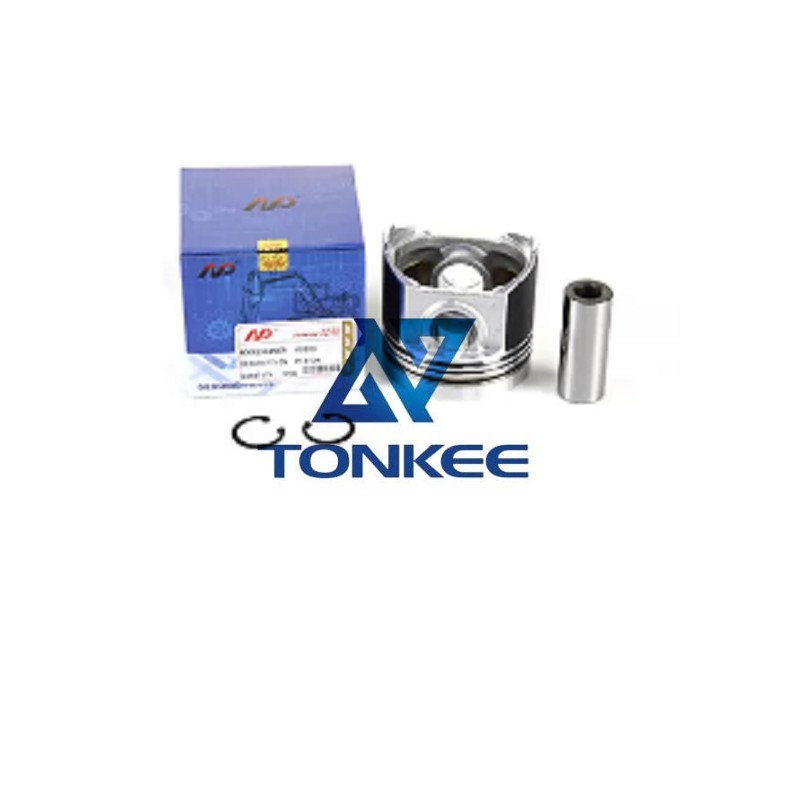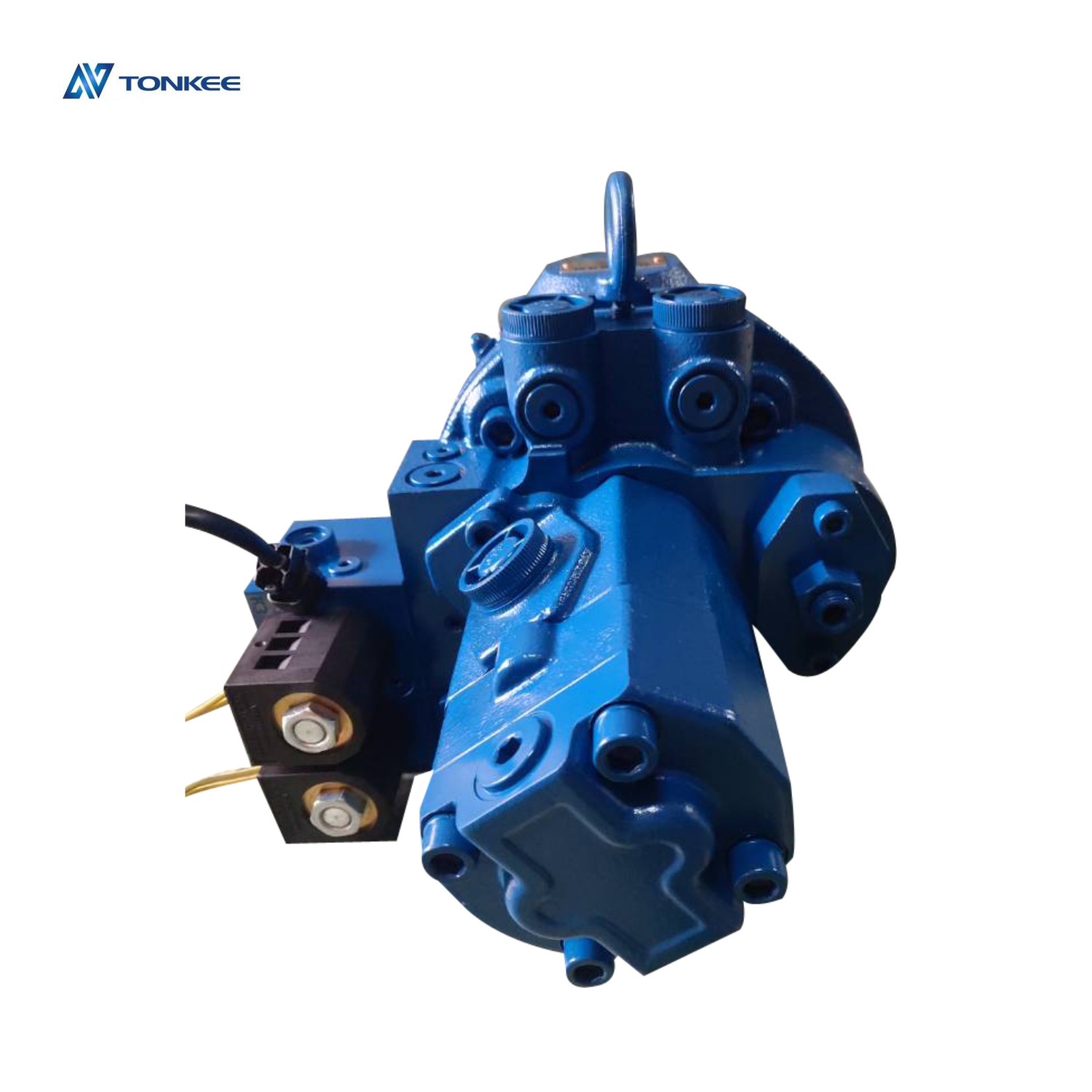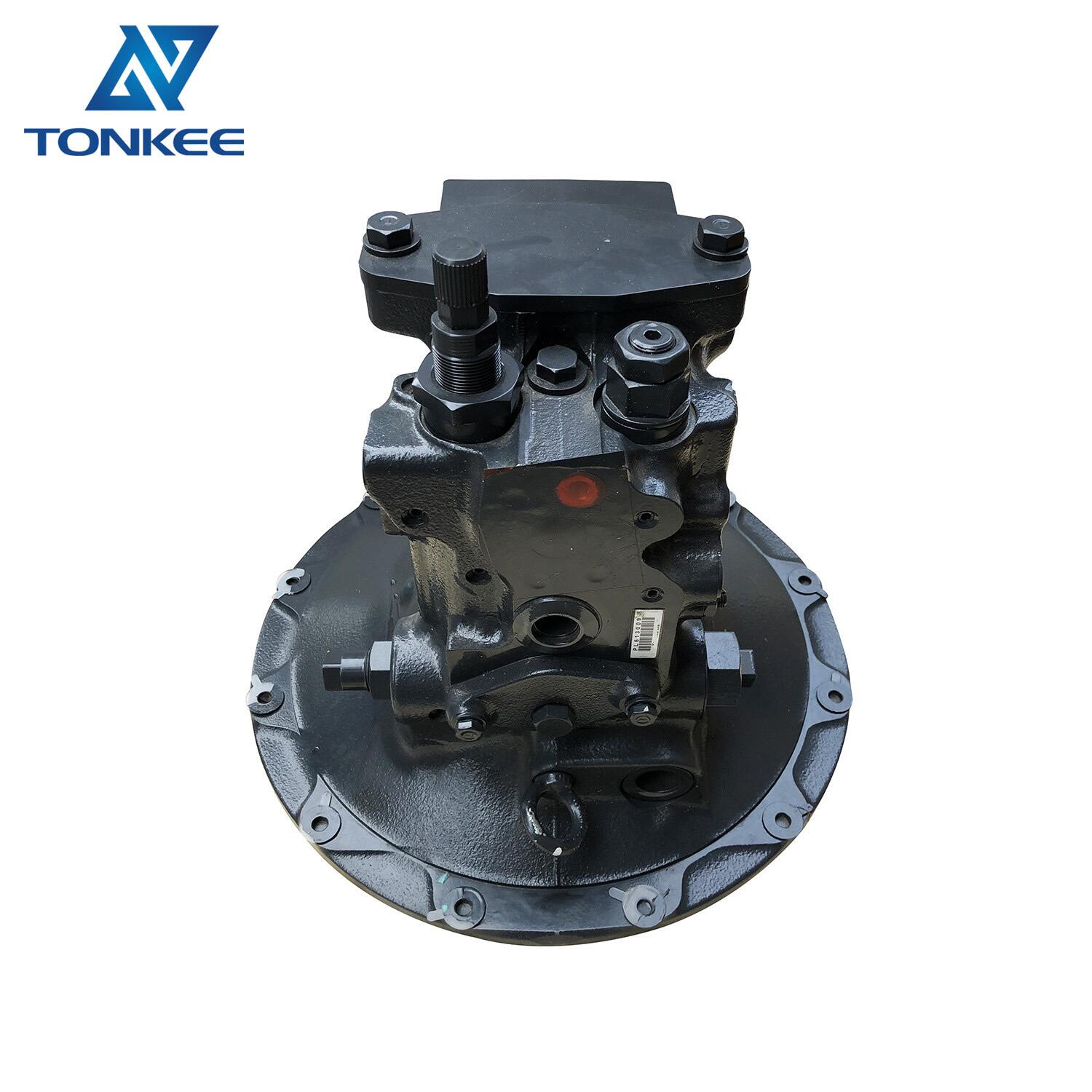
Material: Pistons used in V2403 and V3300 excavator diesel engines are typically made from high-strength aluminum alloy.
This material is chosen for its lightweight properties and excellent thermal conductivity, allowing it to withstand the high temperatures generated during combustion.
Design: The piston is designed to have a crown or head, a skirt, and a pin bore. The crown is the top part of the piston that is exposed to the high-temperature gases in the combustion chamber, while the skirt extends down to guide the piston within the cylinder bore. The design of the piston is carefully engineered to optimize combustion efficiency and minimize friction.
Size and Dimensions: Pistons are manufactured to specific dimensions that match the engine's cylinder bore. These dimensions include the diameter and height of the piston. Proper sizing ensures an airtight seal within the cylinder and efficient energy transfer.
Ring Grooves: Pistons feature ring grooves into which piston rings are installed. The number, size, and placement of these grooves can vary, and they play a vital role in sealing the combustion chamber and preventing oil from entering and mixing with the fuel-air mixture.
Skirt Coating: To reduce friction and wear, the skirt of the piston may be coated with a friction-reducing material. This coating enhances the piston's longevity and contributes to smoother operation.
Cooling Features: Some pistons incorporate cooling galleries or channels to help dissipate excess heat from the piston crown and maintain optimal operating temperatures. This is particularly important in high-performance or heavy-duty applications like excavators.
Pin Boss: The pin boss is the part of the piston that houses the piston pin. It must be precisely machined to accommodate the pin and allow for smooth reciprocating motion.
Piston Pin Specifications:
Material: Piston pins, also known as wrist pins, are typically made of hardened alloy steel.
This material is chosen for its durability and ability to withstand high loads and stresses.
Design: The piston pin is a cylindrical component that connects the piston to the connecting rod. It must be precisely machined to fit into the pin bores in both the piston and the connecting rod. The design ensures smooth and frictionless movement.
Size and Dimensions: Piston pins are manufactured in various sizes to fit different engine models. Their dimensions include length and diameter. The pin must be the correct size to ensure proper alignment and function.
Coatings: Some piston pins may have coatings to reduce friction and wear, similar to piston skirt coatings. This enhances the overall durability of the piston pin.
Weight: Piston pins are designed to be as lightweight as possible while maintaining strength. Reducing weight is essential for optimizing engine performance and efficiency.
Load Capacity: The piston pin must be designed to withstand the loads generated by the reciprocating motion of the piston. High-quality materials and precision engineering ensure that it can handle these loads without deforming or failing.
Compatibility: Piston pins must be compatible with the specific piston and connecting rod design. Proper fit is essential to prevent issues like piston slap and ensure efficient power transmission.



 English
English Русский язык
Русский язык





